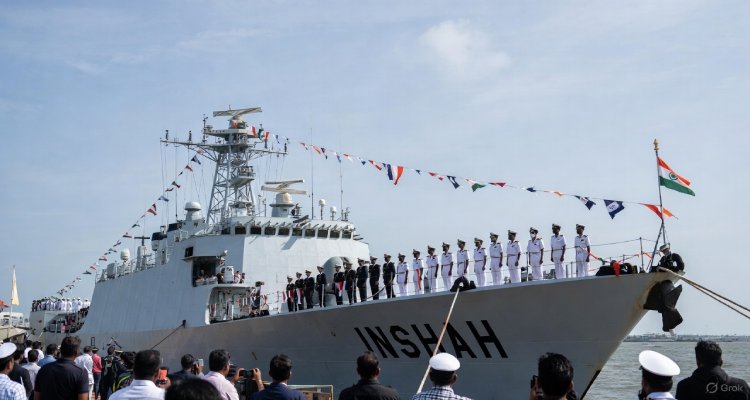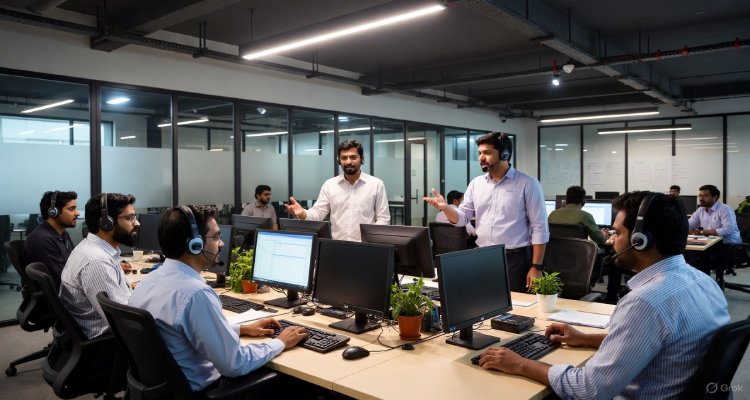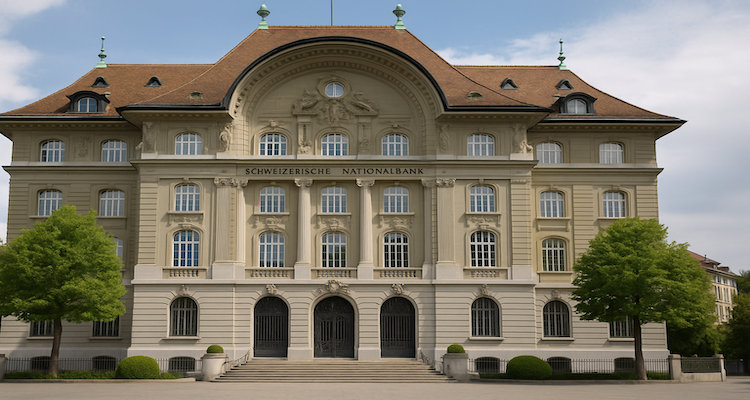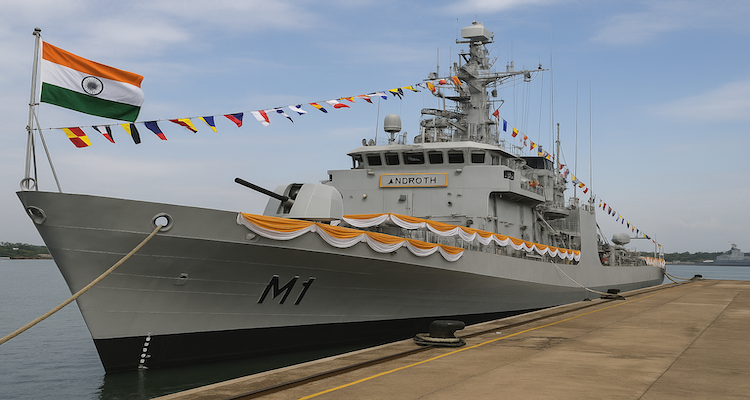Indian Navy to Commission ASW-SWC Ship ‘Androth’ on October 6
The Indian Navy will commission its second state-of-the-art Anti-Submarine Warfare Shallow Water Craft (ASW-SWC), Androth, on October 6 in Visakhapatnam, bolstering India’s coastal defense and maritime surveillance capabilities.
A New Warrior Joins the Fleet
On October 6, the Indian Navy will formally commission its second Anti-Submarine Warfare Shallow Water Craft (ASW-SWC), Androth, at Visakhapatnam. Designed to track, detect, and neutralize submarine threats in coastal waters, Androth represents India’s growing emphasis on self-reliance in defense technology and indigenous warship production. With over 80 percent of its components sourced from domestic industries, the vessel is both a symbol of technological advancement and a strategic necessity.
Background: The ASW-SWC Project
The commissioning of Androth is part of a broader project under which eight ASW-SWC ships are being built by Garden Reach Shipbuilders & Engineers (GRSE), Kolkata.
- The contract was signed in April 2019 between the Defence Ministry and GRSE.
- Arnala, the lead ship of the project, was launched in December 2022 and delivered in May 2023.
- The Arnala-class ships are intended to replace the aging Abhay-class corvettes, ensuring that India’s coastal defense capabilities remain modern and agile.
These vessels are compact yet powerful: 77.6 meters in length, displacing 900 tonnes, and capable of reaching speeds up to 25 knots. Their design makes them especially suited for operations in shallow waters, where stealthy submarines often pose hidden dangers.
The Arrival of Androth
Built under the oversight of the Warship Overseeing Team in Kolkata, Androth was handed over to the Indian Navy on September 13. Named after Androth Island in the Lakshadweep archipelago, the vessel carries forward both symbolic and strategic value.
Its predecessor, INS Androth (P69), served for more than 27 years before being decommissioned. The induction of the new Androth pays homage to that legacy while equipping the Navy with state-of-the-art systems for 21st-century challenges.
Capabilities and Technology
The Androth is not just another patrol vessel—it’s a cutting-edge shallow water warfare platform. Key features include:
- Propulsion: Diesel engine-waterjet combination for speed and maneuverability.
- Weapons Systems: Lightweight torpedoes, indigenous ASW rockets, and advanced mine-laying systems.
- Sonar & Sensors: Shallow water sonar suites for effective submarine detection.
- Operations: Underwater surveillance, anti-submarine warfare, search and rescue, and low-intensity maritime operations.
With these tools, Androth is poised to strengthen India’s ability to monitor and secure its 7,500-kilometer-long coastline and sensitive littoral zones.
Expert Insight
Defense analysts note that shallow water anti-submarine capabilities are often overlooked but remain critical. “India’s security challenges are not limited to the high seas,” said a retired naval officer familiar with the project. “Submarines operating close to the coast pose a silent threat. The Androth and its sister ships give the Navy an essential edge in detecting and countering such dangers.”
The emphasis on indigenous content also reflects the vision of Atmanirbhar Bharat (self-reliant India). By engaging Indian industries in large-scale defense manufacturing, projects like these create jobs, build expertise, and reduce dependence on foreign suppliers.
Strategic and Regional Implications
The Indian Ocean remains a contested space, with multiple powers increasing their naval presence. The commissioning of Androth is a clear signal that India is fortifying its maritime defense network.
- For the Navy: Enhanced ability to safeguard ports, sea lanes, and coastal assets.
- For India’s defense ecosystem: Greater domestic capability and industrial growth.
- For the region: A step toward balancing the growing presence of foreign submarines in the Indian Ocean.
Looking Ahead
The Androth is just the second in the series of eight ships planned under the ASW-SWC project. Sister ships such as Anjadip, Amini, Abhay, Agray, Akshay, and Ajay are in various stages of construction. Once commissioned, the complete fleet will form a formidable barrier against undersea threats.
As India invests in advanced sonar systems, indigenous weapons, and modern communication technology, the Navy’s ability to conduct coastal defense and surveillance will only expand.
Conclusion
The commissioning of Androth is not merely a ceremonial milestone—it represents India’s commitment to maritime security, technological self-reliance, and regional stability. By blending legacy with innovation, the ship stands as a testament to India’s evolving naval doctrine: defending its coasts with precision, preparedness, and pride.
Disclaimer: This article is based solely on publicly available information provided in the brief. It does not contain classified or sensitive operational details.











